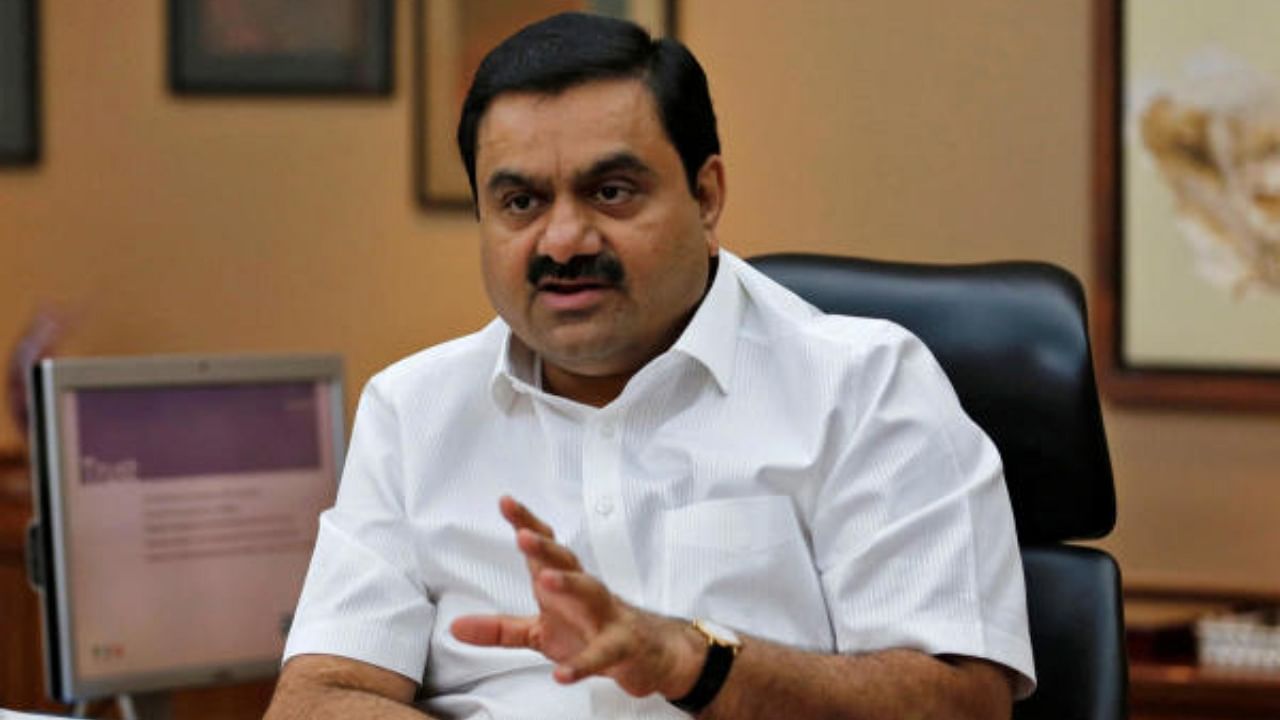
Embattled Adani Group is looking at a 20 per cent growth in earnings across businesses spanning from seaports to airports, edible oil and commodities, energy, cement and data centres, to repay about $23 billion of debt over the next 3-4 years in a comeback strategy, sources said.
Adani group executives have met bankers, bondholders, analysts and investors from Singapore to the US in the last three weeks to address stakeholders' concerns in the aftermath of a damning US short-seller report that ripped off $135 billion in the market value of listed companies of the conglomerate.
Sources aware of the development said Adani at these roadshows presented the growth story of the sprawling conglomerate that is refocusing its energies on higher efficiency in business and bringing down debt rather than breakneck speed expansion.
The group saw a 20 per cent growth in EBITDA or earnings before interest, taxes, depreciation, and amortization, helping it pare debt.
Between 2013 and 2022, earnings grew by 22 per cent year-on-year. And a 20 per cent growth will help bring down the debt-to-EBITDA ratio from 7.6 per cent to 3 per cent by 2025, they said.
Debt/EBITDA is a ratio measuring the amount of income generated and fund available to pay down debt before covering interest, taxes, depreciation, and amortization expenses. Debt/EBITDA measures a company's ability to pay off its incurred debt. A high ratio result could indicate a company has a too-heavy debt load.
Sources said the company management told investors that once the revenue increases, the debt ratio will come down.
Adani group's current EBITDA stands at Rs 61,200 crore while its net debt stood at Rs 1.89 lakh crore (about $23 billion).
Since then, it has repaid $500 million of debt and will repay most of the remaining debt in the next 3-4 years using earnings growth coming from cement, renewables, solar, ports and roads businesses, they said citing management's conversation at the roadshows.
About 37 per cent of current debt is in bonds, 31 per cent is owed to public sector banks and another 8 per cent to private Indian banks.
In the January 24 report, Hindenburg Research had flagged "substantial" debt levels at the group while alleging accounting fraud and the use of offshore shell companies to inflate stock prices.
While the group denied all Hindenburg allegations, calling them "malicious", "baseless" and a "calculated attack on India'', the report triggered a run on stocks of 10 group companies. Group's founder and chairman Gautam Adani, 60, a first-generation entrepreneur, was third richest in the world before the Hindenburg report. He now is ranked at No.21.
Prior to the Hindenburg report, CreditSights, a Fitch Group unit, had in September last year stated that the group was "deeply overleveraged" as it used debt to expand an empire centred on ports and coal mining to include airports, data centres and cement as well as green energy.
Adani Group has been hoping to claw back the narrative by choosing slow and steady growth over the breakneck, mostly debt-fuelled, expansion spree of recent years.
The comeback strategy revolves around focusing on bringing efficiencies in operations, suspending debt-driven new projects and reining in expenses. It has already suspended work on a $4-billion greenfield coal-to-polyvinyl chloride project at Mundra in Gujarat, scrapped a $850-million coal plant purchase, decided not to bid for a stake in state-backed energy trading firm PTC, and is dialling back on aluminium and steel projects.
Promoters have already paid off all of the $2.15 billion loans taken pledging their shares in the conglomerate. This followed Adani on March 2 selling shares worth $1.87 billion in flagship incubating firm Adani Enterprises Ltd, Adani Ports and Special Economic Zone Ltd, and Adani Transmission and Adani Green Energy Ltd (AGEL) to GQG Partners.
Sources said the group's dollar debt is hedged and the recent interest rate hikes have no impact on debt costs and servicing.